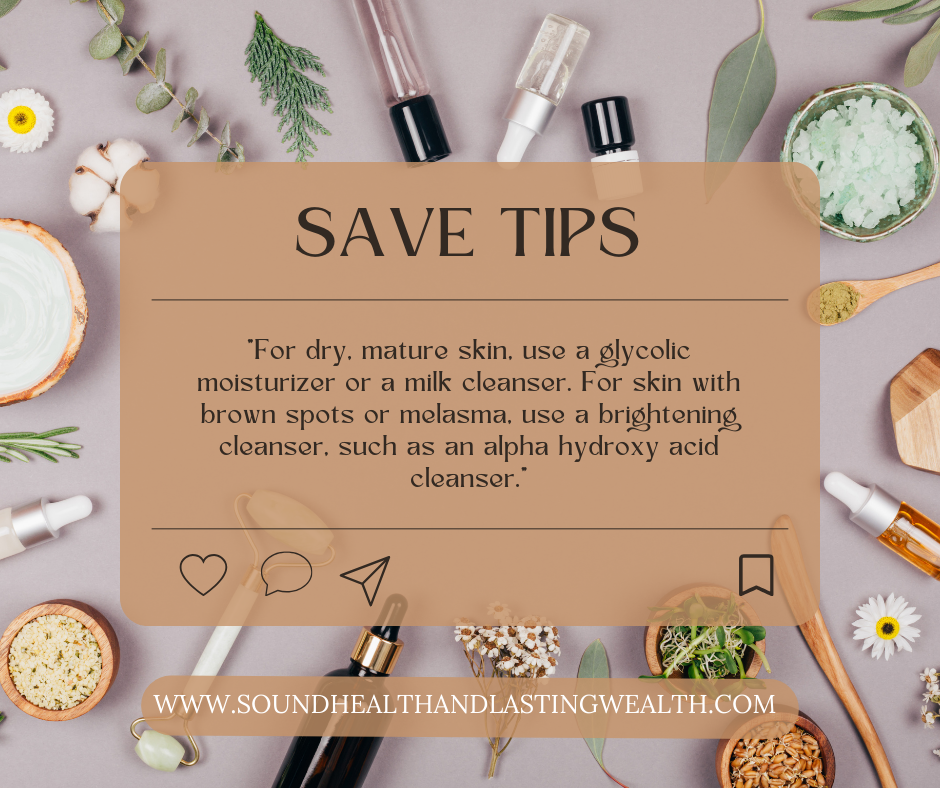- Melasma is a common skin condition primarily affecting women, often triggered by hormonal changes and sun exposure.
- Effective treatments include topical agents like hydroquinone and azelaic acid, oral medications such as tranexamic acid, and procedural options like chemical peels and laser therapy.
- Prevention is key: diligent sun protection and avoiding known triggers can help maintain results.
Melasma is a common skin condition characterized by brown or gray-brown patches on the face, particularly in areas that are frequently exposed to the sun. While it can affect anyone, it is most prevalent in women, especially those with darker skin tones, and is often linked to hormonal changes such as pregnancy or the use of birth control pills. As someone who has navigated the challenges of melasma, I understand the desire for effective treatments. In this guide, I will explore the best treatment options available, backed by research and expert opinions.

What is Melasma?
Melasma is a common skin condition that causes brown, gray, or blue-gray colored patches, usually on the face. The patches are darker than the surrounding skin and typically appear symmetrically on both sides of the face, especially on the:
- Cheeks
- Forehead
- Bridge of the nose
- Chin
Melasma is much more common in women than men, with 90% of cases occurring in women. It often develops during pregnancy, which is why it’s sometimes called the “mask of pregnancy”.
Causes of Melasma
The exact cause of melasma is not fully understood, but several factors have been identified that can contribute to its development:
- Sun exposure – UV radiation from the sun stimulates melanocytes (pigment-producing cells) and can trigger melasma, especially in those genetically predisposed or with medium skin tones
- Hormones – Hormonal changes during pregnancy, birth control use, or hormone replacement therapy can lead to melasma in some women
- Certain medications – Some medications that make the skin more sensitive to the sun can trigger melasma
- Genetics – Melasma tends to run in families and is more common in certain ethnic groups
Symptoms of Melasma
The main symptom of melasma is the appearance of discolored patches on the skin. These patches:
- Are darker than the surrounding skin
- Have an irregular shape
- Usually appear symmetrically on both sides of the face
Melasma does not cause any physical discomfort, tenderness, or itching. It is solely a cosmetic condition.
The Best Treatments for Melasma
Topical Treatments
The cornerstone of melasma treatment involves topical agents that lighten the skin. Here are some of the most effective options:
- Hydroquinone: This is a widely used skin-lightening agent that inhibits melanin production. It is available in various forms, including creams and lotions. However, it should be used cautiously, as prolonged use can lead to side effects, including ochronosis (a bluish-black discoloration of the skin).
- Azelaic Acid: A safer alternative during pregnancy, azelaic acid helps to reduce pigmentation and is effective for treating melasma without the risks associated with hydroquinone.
- Kojic Acid and Niacinamide: These ingredients are also beneficial for lightening skin tone and can be found in various skincare products.
- Combination Creams: Dermatologists often recommend a combination of hydroquinone, tretinoin (a retinoid that promotes skin cell turnover), and a mild corticosteroid to enhance effectiveness and minimize irritation.
Oral Medications
For more severe cases, oral medications may be considered:
- Tranexamic Acid: This medication has shown promise in reducing melasma by decreasing melanin production and is often used in conjunction with topical treatments.
Procedural Treatments
When topical treatments are insufficient, dermatologists may recommend procedural options:
- Chemical Peels: These involve applying a chemical solution to exfoliate the skin and remove excess pigment. Common agents include glycolic acid and salicylic acid.
- Laser Therapy: Various laser treatments target melanin and can effectively lighten dark patches. However, there is a risk of relapse, and results can vary based on skin type.
- Microneedling: This minimally invasive procedure creates micro-injuries in the skin, promoting healing and potentially evening out skin tone.
Effective Natural Remedies for Melasma
Aloe Vera
Aloe vera is renowned for its soothing and healing properties. It contains compounds that may help reduce pigmentation.
- How to Use: Apply fresh aloe vera gel directly to the affected areas twice daily. Leave it on for about 15-20 minutes before rinsing off with lukewarm water.
Research indicates that aloe vera can improve melasma in pregnant women with minimal side effects, making it a safe option for many.
Turmeric
Turmeric contains curcumin, which has anti-inflammatory and antioxidant properties. Studies suggest that curcumin can inhibit melanin production, making it a potential remedy for melasma.
- How to Use: Create a paste by mixing turmeric powder with yogurt or honey. Apply it to the affected areas and leave it on for 20-30 minutes before rinsing off.
While more research is needed to establish optimal dosages and application methods, initial findings are promising.
Polypodium Leucotomos
This tropical fern extract has shown potential in treating melasma due to its antioxidant and photoprotective properties.
- How to Use: Available in supplement form, it can be taken orally. Consult with a healthcare provider for appropriate dosage.
A study indicated that patients using Polypodium leucotomos reported improvements in melasma severity, especially when combined with sunscreen.
Dietary Changes
Your diet plays a crucial role in skin health. Incorporating foods rich in antioxidants can help combat oxidative stress, which may worsen melasma.
- Foods to Include:
- Vitamin C: Citrus fruits, strawberries, and bell peppers.
- Vitamin E: Nuts, seeds, and green leafy vegetables.
- Beta-Carotene: Carrots, sweet potatoes, and spinach.
Staying hydrated is also essential. Aim for at least eight glasses of water daily to keep your skin healthy and assist in melasma treatment.
Cucumber
Cucumber is another natural remedy known for its hydrating properties and mild bleaching effects.
- How to Use: Grate a cucumber and apply it to the affected areas for about 20 minutes before rinsing off. This can help lighten pigmentation due to its high water content.
Onion Juice
Onion juice contains compounds that may help reduce melasma. Its natural acidity can act as a mild bleaching agent.
- How to Use: Blend an onion and mix it with apple cider vinegar. Apply this mixture to the dark patches and leave it on for 20 minutes before rinsing off.
While this remedy is popular, it may cause irritation for some, so patch testing is advisable.
Sun Protection
Regardless of the remedies you choose, sun protection is paramount in managing melasma. UV exposure can exacerbate pigmentation, so using a broad-spectrum sunscreen with SPF 30 or higher is essential.
- Tips for Sun Protection:
- Apply sunscreen daily, even on cloudy days.
- Wear a wide-brimmed hat and sunglasses when outdoors.
- Seek shade during peak sun hours.
Maintenance and Prevention
Once you achieve improvement in your melasma, ongoing maintenance is crucial. Here are some strategies to help prevent recurrence:
- Sun Protection: This is the most critical step. Use a broad-spectrum sunscreen with SPF 30 or higher daily, even on cloudy days. Look for sunscreens that contain physical blockers like zinc oxide and titanium dioxide, as they provide better protection against visible light, which can exacerbate melasma.
- Avoid Triggers: If possible, limit sun exposure and avoid hormonal medications that may trigger melasma. Wearing wide-brimmed hats and seeking shade can also help.
- Regular Dermatologist Visits: Regular consultations with a board-certified dermatologist can help tailor your treatment plan and make necessary adjustments based on your skin’s response.
FAQs
Q: Can melasma go away on its own?
A: Yes, melasma can fade on its own, especially if triggered by pregnancy or hormonal changes. However, it may persist for years without treatment.
Q: Are there any home remedies for melasma?
A: While some home remedies like aloe vera and glutathione are suggested, they are generally less effective than medical treatments. Always consult with a dermatologist before trying new remedies.
Q: How long does it take to see results from treatment?
A: It often takes several weeks to months to see a significant improvement, and patience is essential during the treatment process.
Q: Is melasma harmful?
A: Melasma is not harmful to your health but can affect self-esteem and quality of life due to its appearance.
Also Read | Radiant Skin Secrets: 8 Facial Treatments for a Luminous Glow











